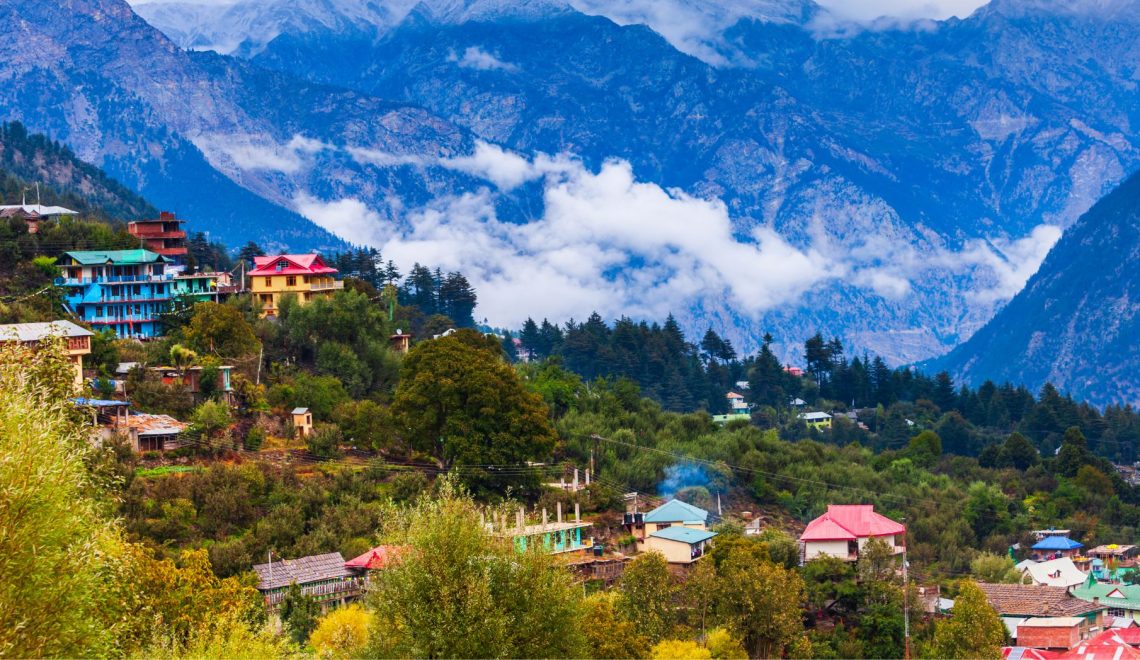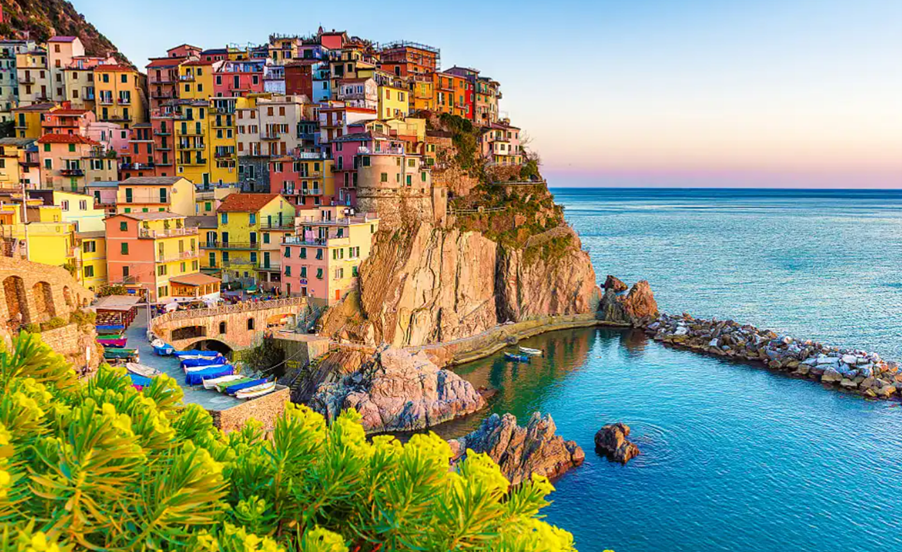Introduction:
Nestled amidst the picturesque landscapes of the Himalayas lies the serene town of Manali, a place renowned not only for its natural beauty but also for its spiritual essence. Amidst the towering peaks and lush valleys, Manali is home to numerous temples that stand as testaments to the rich cultural and spiritual heritage of the region. In this article, we embark on a journey to uncover the spiritual treasures hidden within the temples of Manali.
The Spiritual Significance:
The spiritual significance of Manali extends beyond its temples; local residents deeply embed it in their everyday lives. Daily rituals, festivals, and ceremonies rhythmically intertwine with the region’s religious beliefs and traditions.
One such festival that holds immense cultural and spiritual importance is the Kullu Dussehra, celebrated with great fervor and enthusiasm in the Kullu Valley, of which Manali is a part. This week-long festival commemorates the victory of Lord Rama over the demon king Ravana and is marked by colorful processions, traditional dance performances, and elaborate rituals at the Hadimba Devi Temple.
Moreover, the practice of yoga and meditation has gained popularity in Manali in recent years, attracting wellness enthusiasts and spiritual seekers from around the world. Numerous yoga retreats and meditation centers offer immersive experiences aimed at promoting holistic well-being and inner harmony amidst the serene beauty of the Himalayas.
Exploring the Temples:
One of the most prominent temples in Manali is the Hadimba Devi Temple, dedicated to the goddess Hadimba, the wife of Bhima from the epic Mahabharata. Surrounded by towering deodar trees, this wooden temple exudes an aura of tranquility and devotion. Pilgrims flock here to seek blessings and offer prayers amidst the serene ambiance of nature.
Another essential destination to visit is the Manu Temple, dedicated to the sage Manu, who Hindu mythology regards as the progenitor of mankind. Perched on the banks of the Beas River, this temple offers panoramic views of the surrounding mountains, providing a serene setting for introspection and spiritual contemplation.
In addition to the aforementioned temples, Manali is home to several other sacred sites that are worth exploring. The Vashisht Temple, dedicated to the sage Vashisht, earns renown for its hot springs, which devotees seeking physical and spiritual healing frequently visit due to their believed medicinal properties.
Another notable temple, dedicated to the Hindu deities Shiva and Parvati, is the Gauri Shankar Temple situated in the village of Naggar. This ancient temple, built in the pagoda style of architecture, offers panoramic views of the surrounding mountains and is a popular pilgrimage site for devotees seeking blessings for marital bliss and familial harmony.
The Spiritual Experience:
Visiting the temples of Manali is not just about sightseeing; it is a journey of the soul. Whether you’re a devout pilgrim or a curious traveler, the spiritual energy that permeates these sacred spaces is palpable. The rhythmic chanting of prayers, the scent of incense lingering in the air, and the awe-inspiring beauty of the natural surroundings all contribute to a profound sense of reverence and connection to something greater than oneself. Moreover, engaging with the local priests and monks offers invaluable insights into the religious practices and beliefs passed down through generations.Their wisdom and humility serve as reminders of the enduring power of faith and devotion in the face of life’s challenges.
Preserving the Heritage:
As custodians of this rich cultural heritage, it is our collective responsibility to ensure the preservation and protection of these sacred sites for future generations. Initiatives aimed at conservation and sustainable tourism are essential to safeguarding the integrity of Manali’s spiritual legacy while simultaneously promoting responsible travel practices.
Furthermore, we should make efforts to raise awareness about the significance of these temples and the need for their preservation. Educational programs, guided tours, and community outreach initiatives can help foster a deeper appreciation for the cultural and spiritual heritage of Manali among locals and tourists alike.
Conclusion:
In conclusion, the temples of Manali are not merely architectural marvels; they are portals to the divine, offering solace, inspiration, and spiritual nourishment to all who seek them.
Whether the ancient rituals of Hinduism draw you or the meditative tranquility of Buddhism calls to you, Manali’s spiritual treasures invite you to embark on a transformative journey of self-discovery and enlightenment. So, pack your bags, leave behind the distractions of the modern world, and immerse yourself in the timeless wisdom and beauty of the temples of Manali. Moreover, these sacred sites serve as sanctuaries for the soul, inviting introspection and contemplation amidst the hustle and bustle of daily life.
Furthermore, the profound sense of peace and serenity that pervades these temples creates a conducive environment for spiritual growth and inner healing. Additionally, the rich cultural heritage and architectural splendor of Manali’s temples provide a window into the region’s storied past and spiritual traditions. Furthermore, the spiritual significance of Manali extends beyond its temples; it is deeply ingrained in the fabric of everyday life for the local residents. Additionally, efforts should be made to raise awareness about the significance of these temples and the need for their preservation.
For More Articles Click




